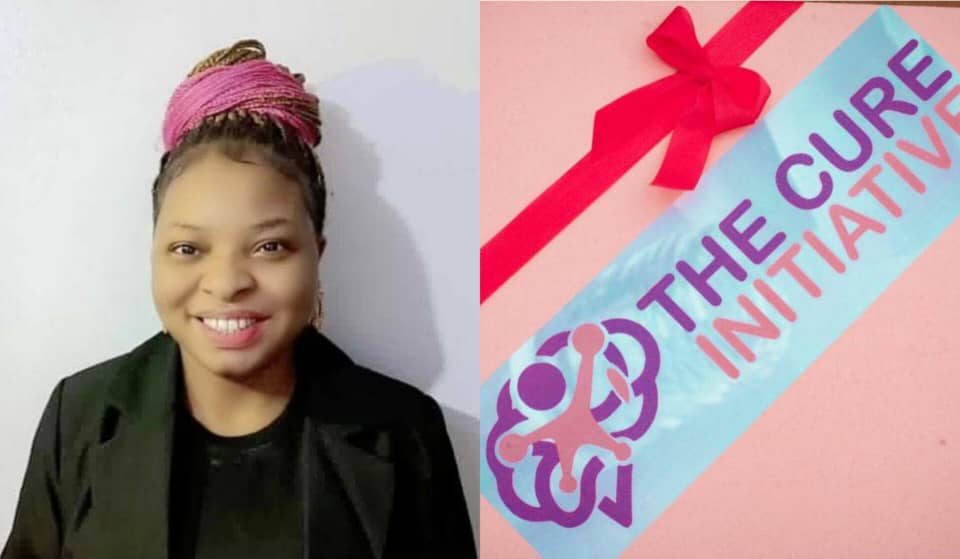By Dinah Lugard
Psychoactive substances are substances that, when ingested or introduced into the body, can impact various mental processes such as perception, consciousness, cognition, mood, and emotions.
While these drugs find their application in the medical field for purposes like pain management, cough suppression, and mental health treatment, it is important to acknowledge that almost all drugs come with potential side effects.
Hence, it is commonly said that “all drugs are potential poisons; only the dosage distinguishes their effects.”
The use of psychoactive drugs carries the risk of addiction and its associated consequences.
Before delving further, let’s define some key terms:
- Addiction: A chronic, relapsing disorder characterized by compulsive drug seeking and use, despite adverse consequences.
- Tolerance: The body’s ability to withstand or become less responsive to a substance (such as a drug) or a physiological stimulus, particularly with repeated use or exposure.
- Dependence: A state in which an individual requires a consistent level of a particular substance to avoid experiencing withdrawal symptoms.
- Withdrawal symptoms: Physical and mental symptoms experienced when abruptly discontinuing or reducing the use of an addictive substance.
These terms help explain the side effects associated with psychoactive drugs, as higher doses may be necessary to achieve the desired effect, increasing the drug’s concentration in the body and leading to complications observed in drug addicts.
Taking psychoactive drugs can result in the following consequences:
- Infections: Local infections can occur due to repeated septic injections of drugs into the body, potentially introducing microorganisms. These infections can remain localized or spread throughout the body, resulting in severe infections (sepsis) that are often challenging to treat and can be life-threatening. Additionally, sharing needles and other drug paraphernalia can lead to the transmission of infectious diseases such as HIV and hepatitis B, further compounding systemic complications.
- Skin Inflammation: Repeated injections at various sites on the body can cause pain, swelling, redness, and changes in the skin.
- Deformities: Injecting drugs into different body locations can lead to deformities in the skin, muscle wasting, and, in severe cases, bone damage and pathological fractures.
- Psychiatric Disorders: Increased doses of psychoactive drugs can overstimulate the brain and contribute to the development of psychiatric disorders, including schizophrenia, manic disorder, and others.
The global impact of drug abuse cannot be overstated. It manifests in various ways, such as family disruptions and societal unrest. Drug use often plays a role in heinous crimes like cold-blooded killings, resulting in loss of life and the rise of orphaned children. This perpetuates a vicious cycle where drug abuse proliferates in the absence of proper parenting and support.
The overwhelming number of young people affected by drug addiction has stretched healthcare systems worldwide, necessitating urgent attention and solutions.
Recognizing the gravity of the issue, the World Health Organization (WHO) has designated a day dedicated to drug abuse awareness and education, aiming to discourage drug abuse and illicit drug trafficking.
To address this complex problem, we must consider substantial solutions:
- Implementation of strict local and international laws to deter drug trafficking both domestically and globally.
- Enhanced monitoring of drug access, ensuring that regulating bodies exert their authority to trace the distribution of these substances and prosecute offenders promptly.
- Increased awareness among doctors, pharmacists, and healthcare professionals about potential misuse or abuse by patients. Prescriptions should be written judiciously, and dispensing drugs without proper prescriptions should be avoided.
- Strengthened rehabilitation programs for individuals struggling with drug abuse, helping them reintegrate into society and lead near-normal lives as soon as possible.
In conclusion, addressing the challenges posed by psychoactive substances requires a multifaceted approach encompassing legal measures, awareness campaigns, and robust support systems. By working collectively, we can combat drug abuse and illicit drug trafficking, fostering healthier communities worldwide.
Wishing everyone a meaningful International Day Against Drug Abuse And Illicit Trafficking from The Cure Initiative













































